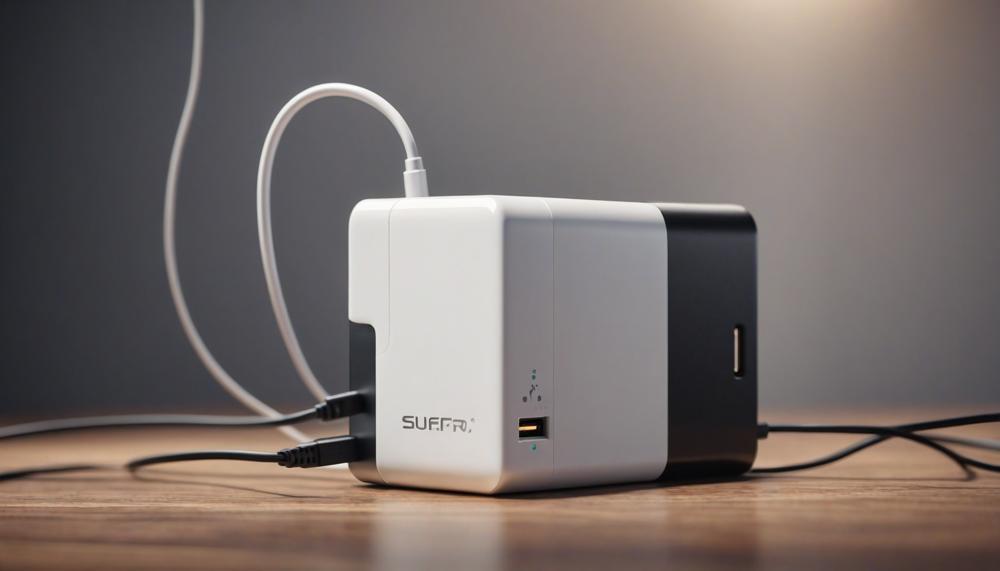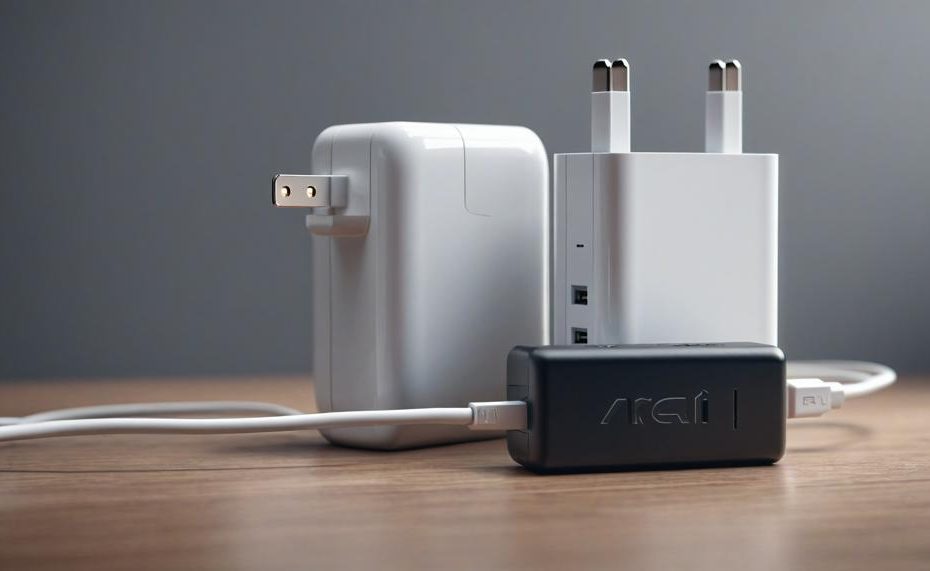How many amps does a phone charger use? Typically, a phone charger draws between one to two amps. This measurement depends on the charger’s design and capabilities. Standard chargers often operate at about 5 watts, translating to roughly one amp when plugged into a 120-volt outlet. Faster chargers, which may go up to 20 watts, can use closer to two amps.
Curious about the real impact of these tiny power hubs? Think about this: the amp usage of your charger isn’t just a tech spec—it affects how quickly your phone juices up, how efficiently energy is consumed, and even your overall power bill. With the growing variety of chargers on the market, understanding these nuances can help you choose the best one for your needs.

Key takeaways:
- Standard phone chargers: Usually draw about one amp.
- Fast chargers: Can draw up to two amps.
- Power consumption: Standard chargers use about 5 watts; fast chargers use up to 20 watts.
- Impact on charging speed and energy use: Higher amps can mean faster charging and potentially more energy consumption.
Understanding these details ensures you’re not just plugging in your phone but doing so with the right knowledge for optimal performance and efficiency.
Contents
Understanding Amps and Efficiency
The relationship between amps and efficiency in phone chargers is intricate but pivotal. Higher amps often mean faster charging, but efficiency isn’t solely about speed. Efficiency hinges on the power used, which is a product of voltage and amps.
| Voltage (V) | Amperage (A) | Power (W) |
| 5V | 1A | 5W |
| 9V | 2A | 18W |
| 12V | 1.5A | 18W |
For instance, a 5V charger delivering 1A provides 5W of power, adequate for standard charging. Conversely, quick chargers might use combinations like 9V and 2A or 12V and 1.5A, producing up to 18W for faster charging.
However, higher amps can generate more heat, reducing efficiency. Thus, manufacturers balance voltage and amperage to optimise efficiency and minimise heat.
In essence, while amps influence charging speed, efficiency derives from the delicate interplay between voltage, amps, and heat management.
Calculating the Amps Required
Calculating the amps required for your phone charger involves a few straightforward steps. Here’s a detailed guide to help you determine this:
Gather Your Tools:
- Download and install the Ampere app from the Google Play Store on your Android device.
Find Your Phone’s Charging Specifications:
- Check your phone’s technical specifications or manual to find its recommended charging wattage and voltage.
Measure Current Charging Performance:
- Ensure your phone’s battery is below 50% for accurate measurements.
- Connect your phone to the charger you typically use.
- Open the Ampere app and observe the readings at the top of the app.
- Note the minimum, maximum, and average charge in mA (milliampere).
Calculate the Amps:
- Convert the average mA measurement to amps by dividing it by 1,000 (e.g., 500 mA = 0.5 A).
- Use the formula: Watts = Volts x Amps to calculate the wattage.
- Compare this calculated wattage with the specifications on your charger and device to ensure optimal performance.
Selecting the Right Charger for Your Car Battery
To determine the appropriate amperage for a car battery charger, you need to consider the amp-hour (AH) rating of your battery. A good rule of thumb is to use a charger with an amp rating of about 10% of the battery’s AH rating.
For instance, if you have a 50 AH battery, a charger with a 5-amp rating is ideal. This approach ensures efficient charging without overheating the battery or putting excessive strain on the charger.
| Battery AH Rating | Recommended Charger Amperage | Charging Time* |
| 20 AH | 2 Amps | 10 Hours |
| 50 AH | 5 Amps | 10 Hours |
| 100 AH | 10 Amps | 10 Hours |
*Charging time may vary based on the initial charge level and charger efficiency.
Conclusion
In today’s tech-savvy world, understanding how many amps your phone charger uses can significantly impact your device’s performance and your energy efficiency. Typically, phone chargers draw between one to two amps, varying based on the charger’s design and capability. A standard charger usually operates around 5 watts, translating to roughly one amp when plugged into a 120-volt outlet. Faster chargers can reach up to 20 watts, using closer to two amps.
This amp usage isn’t just a technical detail—it directly influences how quickly your phone charges and the overall energy consumption. Higher amperage can lead to faster charging but might also generate more heat, potentially affecting efficiency. Thus, manufacturers balance voltage and amperage to optimize performance while minimizing heat.
By comprehending these aspects, you can choose a charger that best suits your needs, ensuring efficient and speedy charging without unnecessary energy waste. Whether you opt for a standard or fast charger, knowing the interplay of voltage, amperage, and power can lead to smarter and more effective charging practices.





